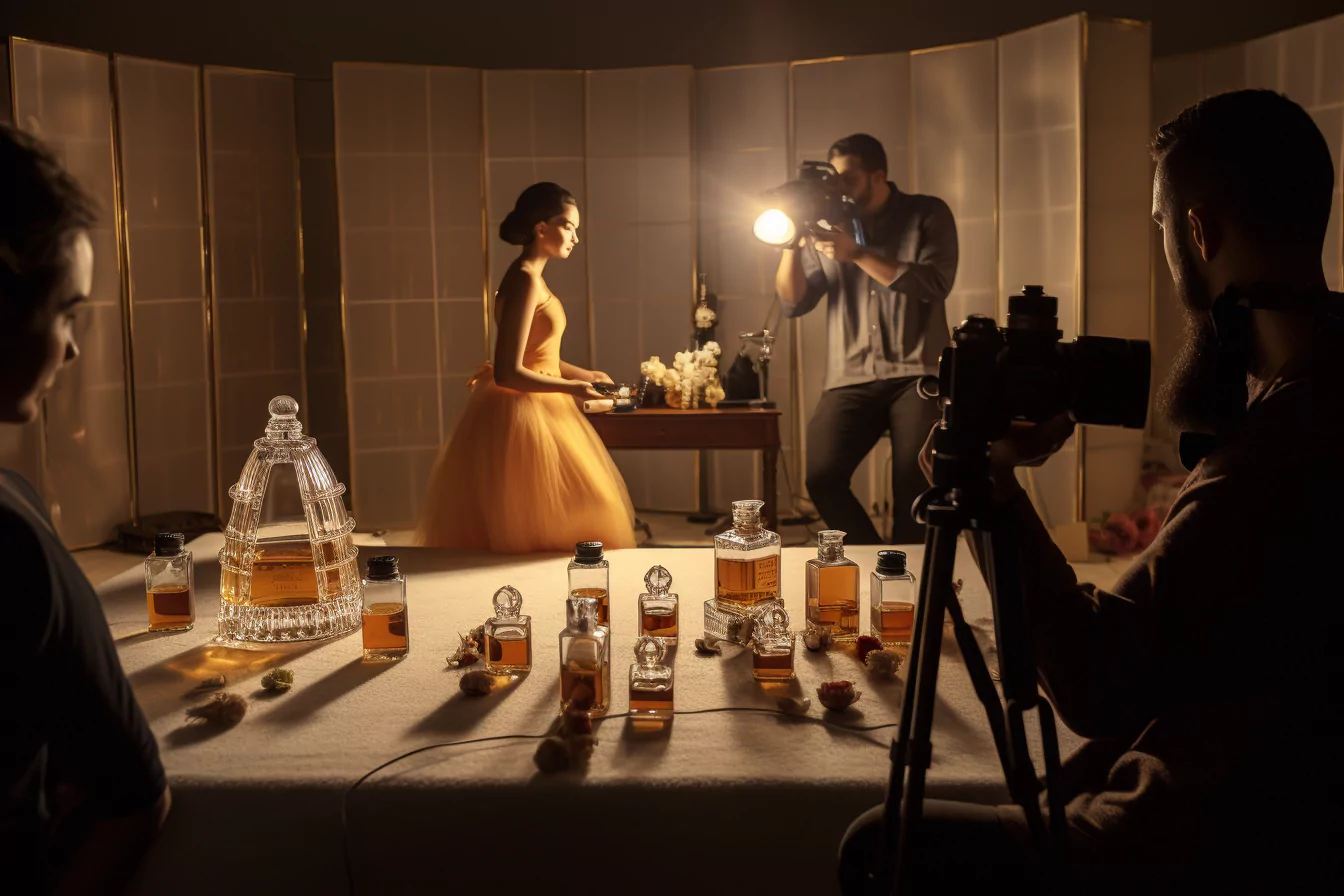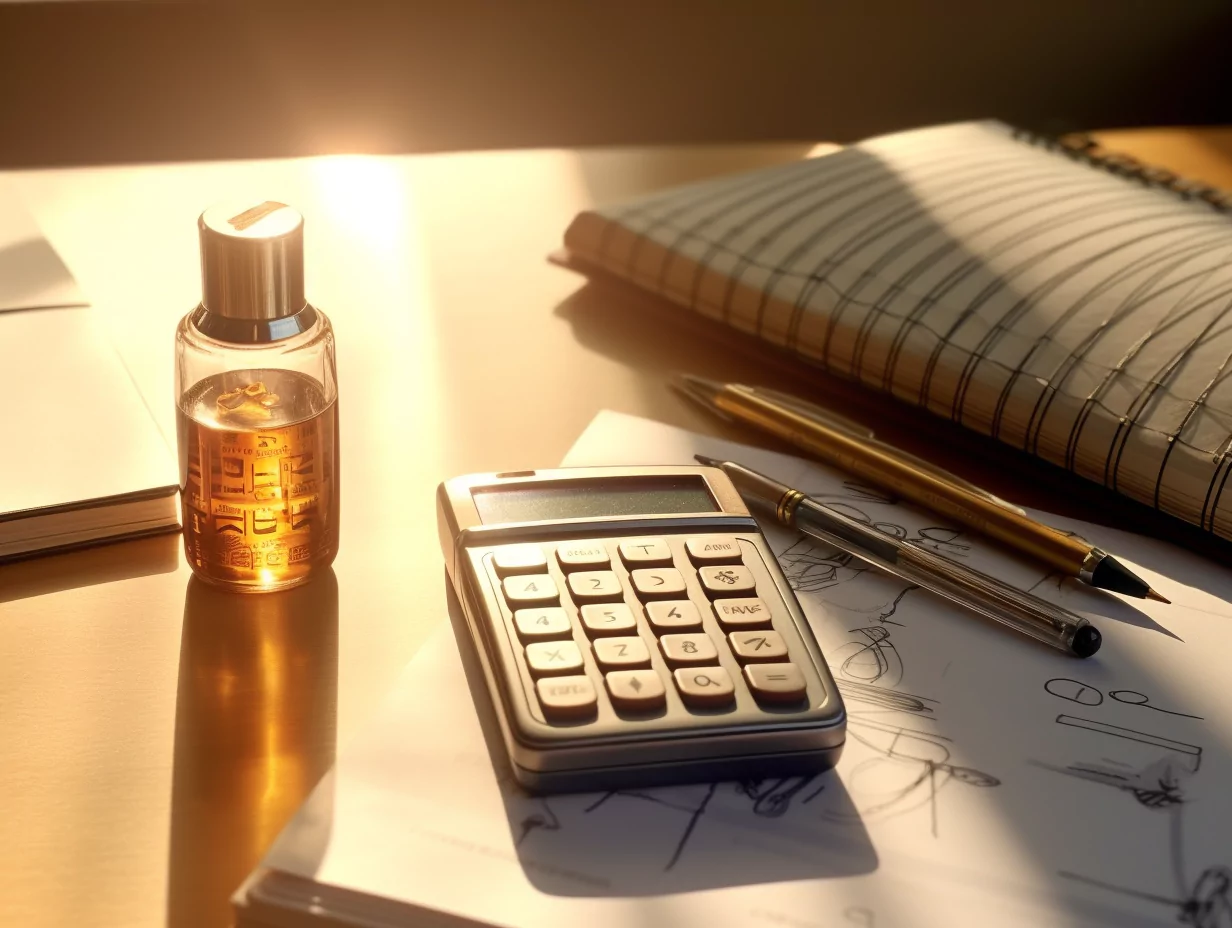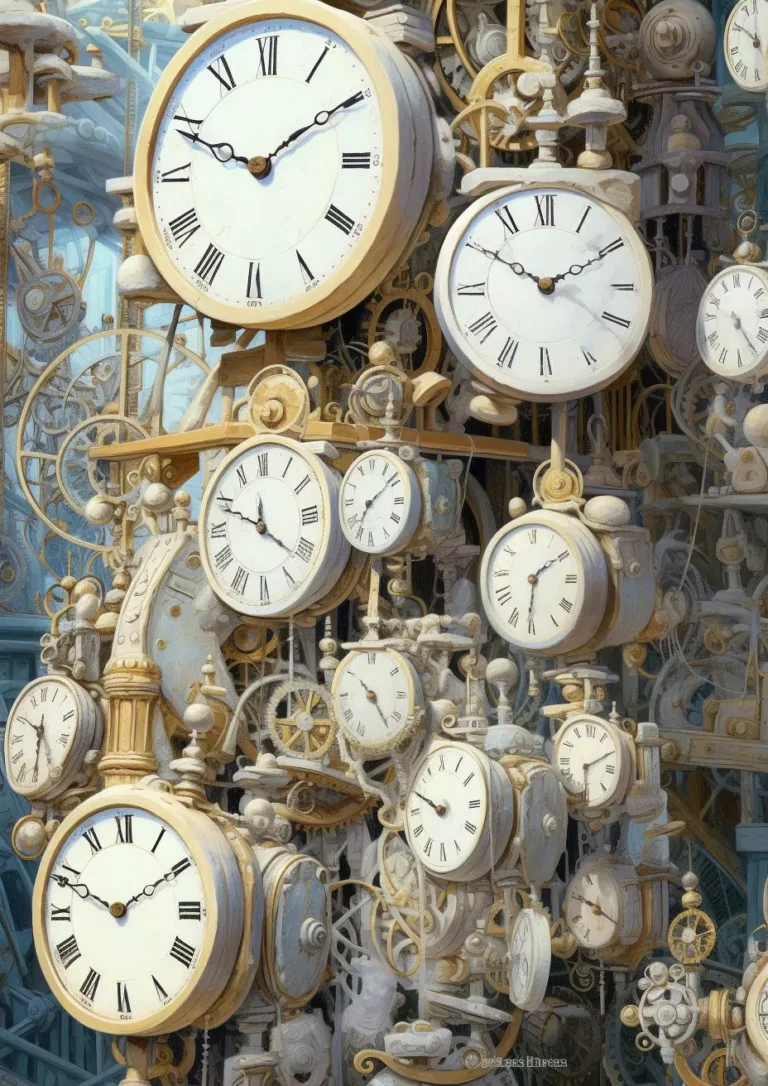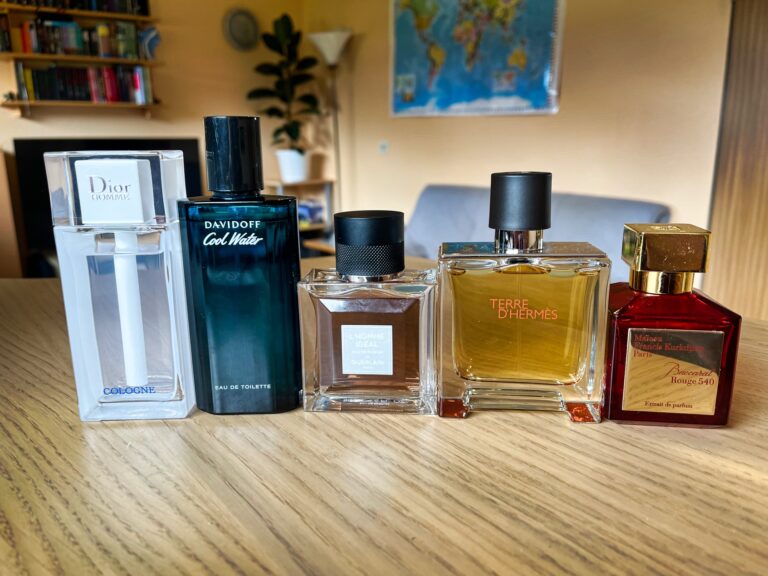Today I want to talk about something that’s not discussed enough: the production cost of a perfume. We all know that perfumes can be pretty expensive, but have you ever wondered how much it actually costs to create one? Let’s dive into this world of scents and cents, and shed some light on the financial aspects of the perfume industry, complete with an example calculation.
The Cost of Manufacturing Perfume
So, is perfume expensive to manufacture? Well, that depends on the ingredients and the process used to create it. A perfume can have various ingredients, like essential oils, aroma chemicals, and alcohols. The cost of these ingredients varies, but on average, it’s not as expensive as you might think.
For example, the actual cost of manufacturing a perfume might be only a fraction of its retail price. This is because creating a perfume in large quantities can be relatively inexpensive, especially when compared to the other costs involved in getting the product into your hands.
This brings me to the most expensive part: getting the product into the consumer’s hands. The perfume industry is highly competitive, and marketing plays a crucial role in setting a brand apart from the rest. From celebrity endorsements to lavish advertising campaigns, companies spend a fortune promoting their fragrances.
Moreover, the packaging is another significant cost factor. Perfume bottles are often designed to be visually appealing and luxurious, sometimes even becoming collector’s items. These fancy bottles can add quite a bit to the overall cost of the product.
And let’s not forget about distribution. Getting the perfumes from the factory to the shelves in stores involves shipping, storage, and other logistics costs, which also add up.
So, is perfume expensive to manufacture? Well, that depends on the ingredients and the process used to create it. A perfume can have various ingredients, like essential oils, aroma chemicals, and alcohols. The cost of these ingredients varies, but on average, it’s not as expensive as you might think.
For example, the actual cost of manufacturing a perfume might be only a fraction of its retail price. This is because creating a perfume in large quantities can be relatively inexpensive, especially when compared to the other costs involved in getting the product into your hands.
This brings me to the most expensive part: getting the product into the consumer’s hands. The perfume industry is highly competitive, and marketing plays a crucial role in setting a brand apart from the rest. From celebrity endorsements to lavish advertising campaigns, companies spend a fortune promoting their fragrances.
Moreover, the packaging is another significant cost factor. Perfume bottles are often designed to be visually appealing and luxurious, sometimes even becoming collector’s items. These fancy bottles can add quite a bit to the overall cost of the product.
And let’s not forget about distribution. Getting the perfumes from the factory to the shelves in stores involves shipping, storage, and other logistics costs, which also add up.
Check out the following Resources:
The Profit Margins and Perfume Makers’ Earnings
The average profit margin for a bottle of perfume can range from 60-90%, depending on the brand and the marketing efforts behind it. The final retail price includes all the costs I mentioned above, plus a healthy profit for the brand.
So, how much do perfume makers make? Well, that varies. For instance, independent perfumers or niche brands might not make as much profit per bottle as more established, mainstream brands. However, they may compensate for this by charging higher prices for their unique, artisanal creations.
Lastly, we shouldn’t forget that a considerable chunk of revenue has to be paid as taxes, depending on the country where the perfume is sold. Taxes can have a significant impact on the final price you pay for your favorite fragrance.
Example Calculation:
Let’s say we have a perfume with a manufacturing cost of $10 per bottle. This includes the cost of ingredients, labor, and production. Now, let’s add marketing and advertising expenses, which we’ll assume are $10 per bottle. The packaging, including the fancy bottle and box, might cost another $5. Distribution costs, including shipping and storage, could be around $3 per bottle.
So, the total cost of producing and delivering the perfume to the store is $10 (manufacturing) + $10 (marketing) + $5 (packaging) + $3 (distribution) = $28.
Now, let’s assume the retail price is $100. The profit margin would be (($100 – $28) / $100) * 100 = 72%. And don’t forget, there will be taxes on the $100 retail price as well, depending on the country.
So, there you have it – a behind-the-scenes look at the costs involved in creating that bottle of perfume you love so much, along with an example calculation. Next time you splash on








